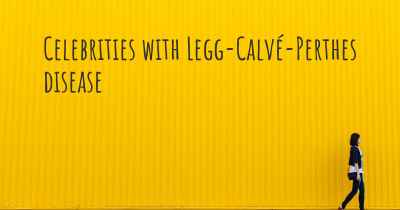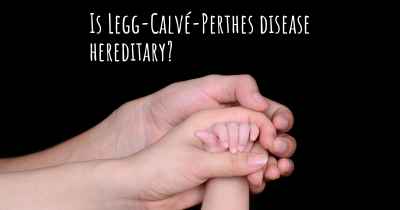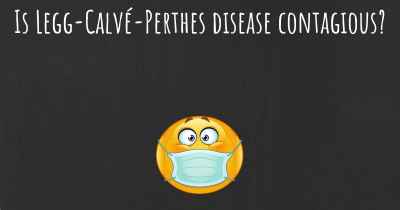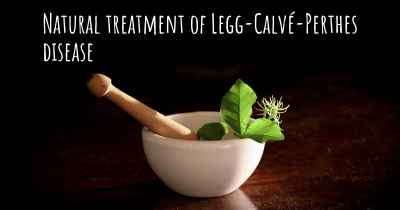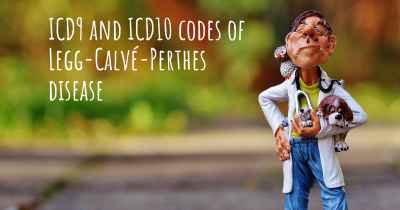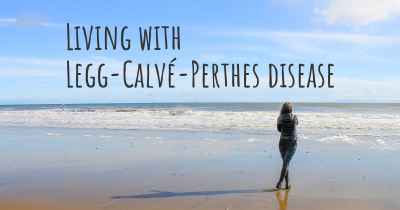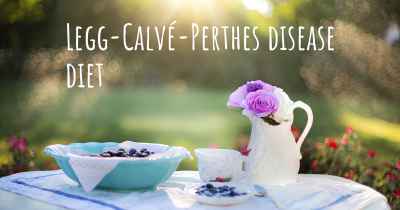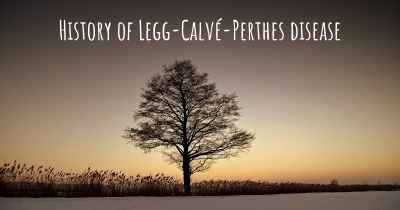What is the life expectancy of someone with Legg-Calvé-Perthes disease?
Life expectancy of people with Legg-Calvé-Perthes disease and recent progresses and researches in Legg-Calvé-Perthes disease
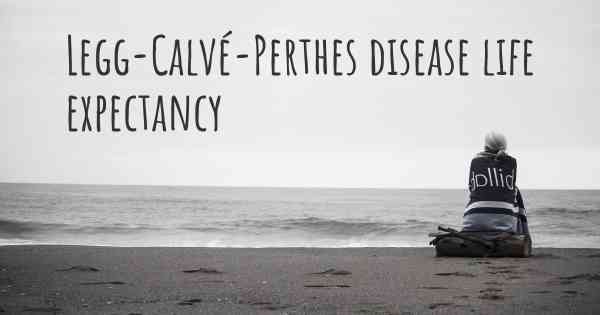
Legg-Calvé-Perthes disease is a condition that affects the hip joint in children, causing the femoral head to lose its blood supply. The long-term prognosis for individuals with this disease varies depending on several factors, including the age of onset, severity of the condition, and treatment received. With appropriate treatment, including physical therapy and sometimes surgery, most individuals can lead active lives and have a normal life expectancy. However, it is important to note that each case is unique, and the outcome can differ from person to person. Regular follow-up with healthcare professionals and adherence to recommended treatments can greatly improve the long-term prognosis for individuals with Legg-Calvé-Perthes disease.
Legg-Calvé-Perthes disease, also known as Perthes disease or avascular necrosis of the femoral head, is a condition that affects the hip joint in children. It occurs when the blood supply to the femoral head (the rounded end of the thigh bone that fits into the hip socket) is temporarily disrupted, leading to the death of bone cells and subsequent deformity of the hip joint.
This condition typically affects children between the ages of 4 and 10, with boys being more commonly affected than girls. The exact cause of Legg-Calvé-Perthes disease is unknown, but it is believed to involve a combination of genetic and environmental factors.
The prognosis and life expectancy for individuals with Legg-Calvé-Perthes disease can vary depending on several factors, including the age at which the disease develops, the severity of the condition, and the effectiveness of treatment. It is important to note that Legg-Calvé-Perthes disease does not directly affect life expectancy itself.
With appropriate treatment and management, the majority of children with Legg-Calvé-Perthes disease can expect to lead normal, healthy lives. The primary goal of treatment is to preserve the shape and function of the hip joint, reduce pain, and prevent long-term complications.
Non-surgical treatment options for Legg-Calvé-Perthes disease may include:
- Rest and activity modification: Limiting weight-bearing activities and using crutches or a wheelchair to reduce stress on the affected hip.
- Physical therapy: Exercises to maintain range of motion, strengthen muscles, and improve joint function.
- Bracing: Wearing a brace or cast to help keep the hip in the correct position during the healing process.
Surgical intervention may be necessary in some cases, especially if non-surgical treatments fail to alleviate symptoms or if the condition is severe. Surgical options may include:
- Osteotomy: A surgical procedure to reshape the femoral head and improve its alignment within the hip socket.
- Joint-preserving procedures: Techniques aimed at preserving the shape and function of the hip joint, such as containment surgeries or femoral head revascularization.
- Joint replacement: In rare cases where severe joint damage occurs, a total hip replacement may be necessary.
It is important to note that the success of treatment depends on various factors, including the stage at which the disease is diagnosed and the individual's response to treatment. Early detection and intervention generally yield better outcomes.
While Legg-Calvé-Perthes disease can cause pain, stiffness, and limited mobility during the healing process, most children recover well over time. The duration of treatment and recovery can vary, with some children experiencing a complete resolution of symptoms within a couple of years, while others may require ongoing management into adolescence.
Long-term outlook for individuals with Legg-Calvé-Perthes disease is generally positive. With appropriate treatment and adherence to medical advice, most children can regain normal hip function and participate in regular activities, including sports and physical exercise.
However, it is important to note that some individuals may experience long-term complications, such as hip deformities, leg length discrepancies, or early-onset arthritis. Regular follow-up appointments with healthcare professionals are crucial to monitor the progress of the condition and address any potential issues that may arise.
In conclusion, Legg-Calvé-Perthes disease is a condition that primarily affects children and can lead to temporary disruption of blood supply to the hip joint. While it does not directly impact life expectancy, the prognosis and long-term outcomes can vary depending on several factors. With appropriate treatment and management, most children with Legg-Calvé-Perthes disease can expect to lead normal, healthy lives. Early detection, timely intervention, and regular follow-up care are key to achieving the best possible outcomes.
Wer umfangreiches und wertvolles Erfahrungswissen aus mehreren tausend Fällen benötigt, kann gern auf www.morbus-Perthes.de oder www.morbus-perthes.org Kontakt zu mir aufnehmen. Mein Name ist Wolfgang Strömich
Posted Oct 25, 2018 by Stiftung Deutsche Morbus Perthes Initiative
Posted Mar 18, 2019 by Michael 2550
